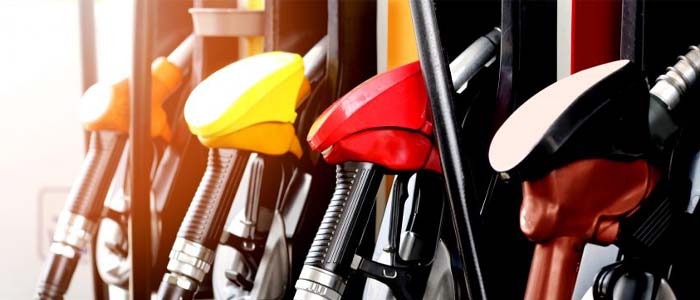
Diesel is the largest operating expense for trucking companies, and this expenditure changes constantly as fuel prices go up and down. However, there are plenty of ways you can cut your fleet’s fuel usage, resulting in fuel savings that help your bottom line no matter the current price per gallon.
The biggest influence on fuel management is driving technique. Real time feedback can be invaluable for tweaking driving habits to improve fuel efficiency. This includes in-person coaching as part of driver training, as well as on-board telematics. Using this information lets drivers see how small changes in braking, accelerating and shifting affect fuel consumption.
Preventative maintenance doesn’t just prevent breakdowns, it increases drivetrain efficiencies that translate into fuel savings. Clean air filters reduce pumping losses, clean oil reduces friction, and functioning components all around increase power output for a given amount of fuel. Telematics can be useful here, too. A sudden increase in fuel usage can indicate engine and transmission issues before they result in breakdowns.
You can also reduce fuel costs by changing how you equip your fleet. High pressure injection systems can make it harder for ultra-low sulfur diesel to power the engine. However, by matching fuel additives to climate conditions, this issue can be addressed, improving efficiency and power. Idling wastes fuel that could be used to move cargo. Installing APUs for nighttime use and coaching drivers on idle reduction techniques can save a considerable amount of fuel. Tire pressure has a major effect on fuel economy, as the engine has to overcome the constant flexing of the tread. Pressure monitoring systems make it easy to match tire PSI to vehicle loads, optimizing efficiency.
Fuel cards can be invaluable for analyzing fuel usage across your fleet. These cards consolidate fuel expenditures under one centralized bill, eliminating the need to log paper receipts. Fuel cards can also be tailored to specific use cases. This includes limiting purchase amounts, or only allowing purchases of the correct fuel for the vehicle.
Regulations may be a constant source of pain for fleet managers and operators, but they can also be helpful when you’re looking to reduce fuel costs. EPA’s Phase 2 green house gas regulations bring better aerodynamics and fuel management systems, reducing fuel consumption. In an interview with WorkTruck, Homer Hogg, director of Technician Service for TravelCenters of America, said owners can expect fuel consumption in Class 8 trucks to be about 14% lower than pre-2017 trucks.



